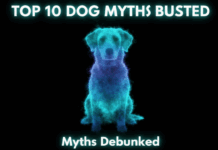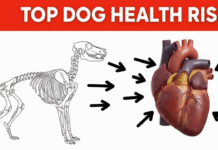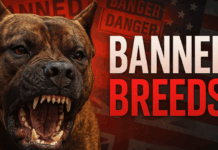Last Updated on September 21, 2024 by Dogs Vets
6 Dangerous Signs To Look For To Prevent Dog Depression
Depression is real.
Not only humans can be victims of it, but dogs and other animals also. When we feel blue, we communicate with our confidants and friends. But have you ever thought about who your pet would communicate with when they’re lonely and sad?
Of course, it’d be you.
That’s why you should know a few signs that talk a lot about their mental state. And here, avoidance is the biggest blunder; perhaps it’ll worsen the already dreadful situation.
Like humans, your pets, too, deserve an environment that’s filled with their necessary items and dog room decor. Despite having a suitable place for your pet, they can still fall into a depressed state.
Dangerous Signs To Look For To Prevent Dog Depression
Dogs are beloved companions that bring immense joy to our lives. However, just like humans, our canine friends can also experience emotional distress and depression. It’s crucial for pet owners to be aware of the dangerous signs of dog depression to prevent it from worsening.
In this blog post, we’ll explore the key symptoms to watch out for and provide tips on how to help your furry friend overcome this challenging condition.
Lack of Interest in Favorite Activities
If your usually playful and energetic dog suddenly loses interest in their favorite toys, games, or activities, it could be an early sign of depression. A disinterest in play or exercise is a red flag that something may be wrong.
Changes in Appetite and Sleep Patterns
Depressed dogs often experience changes in their eating and sleeping habits. A decreased appetite or refusing food, along with sleeping more than usual, especially during times when they are typically active, are concerning symptoms. Excessive sleeping can be a sign of lethargy and depression.
Withdrawal and Avoidance
Depressed dogs may start avoiding family members and prefer to stay secluded or hidden. They may also become more clingy and demand extra attention and comfort. Sudden changes in behavior like this can indicate an underlying issue.
Potty Accidents
House-trained dogs that start having accidents indoors may be experiencing depression or anxiety. This change in behavior should not be ignored.
Excessive Grooming
Depressed dogs may start excessively grooming themselves, such as licking or chewing their paws more frequently. This could be a sign of stress.
Aggression or Destructive Behavior
In some cases, depression can manifest as aggression or destructive behaviors. If your dog starts acting out of character, it’s important to address the issue promptly.
If you notice any of these dangerous signs in your dog, it’s crucial to take action to prevent the depression from worsening. Consult with your veterinarian to rule out any underlying medical conditions and discuss treatment options if necessary.
Providing extra attention, mental stimulation, and addressing any major life changes can also help support your dog’s emotional well-being.Remember, early intervention is key when it comes to managing dog depression. By being attentive to your pet’s behavior and seeking professional help when needed, you can help ensure your furry friend remains happy and healthy for years to come.
Here are those 6 signs that you should look for to prevent your dog’s depression.
1. Drastic Shift in Sleeping Time
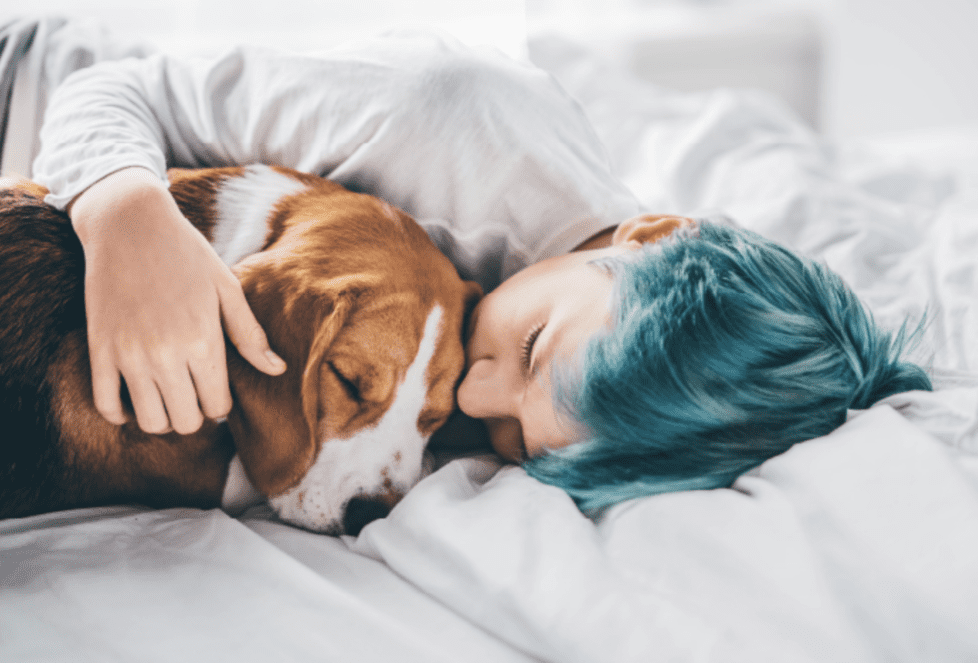
Dogs do require a good amount of sleep.
But if he’s started sleeping more than his previous sleeping time lately, then there’s something wrong with him.
That means he’s depressed, unhappy, and lonely.
It’s a bad sign if your pet’s disinterested in wagging his tail, especially when you step into the home after work.
That shows he’s depressed and you need to book your vet’s appointment.
2. Frequently Licking Paws

Excessively licking is a sign of dog depression.
Oftentimes, dogs lick their paws when they’re anxious.
If they begin licking or chewing anything that comes in their way, it means they’re rooted in physiological or psychological issues.
That’s a hint at visiting a vet for check-ups.
3. Low Enthusiasm

If your pet shows low enthusiasm despite taking his favorite frisbee off the shelf or throwing a party by giving your dog a birthday present, that shows he’s not in a good mental state.
Lack of enthusiasm in dogs is a sign of utter sadness and loneliness. That can be fixed with regular check-ups and social interaction.
4. Ignoring Playtime
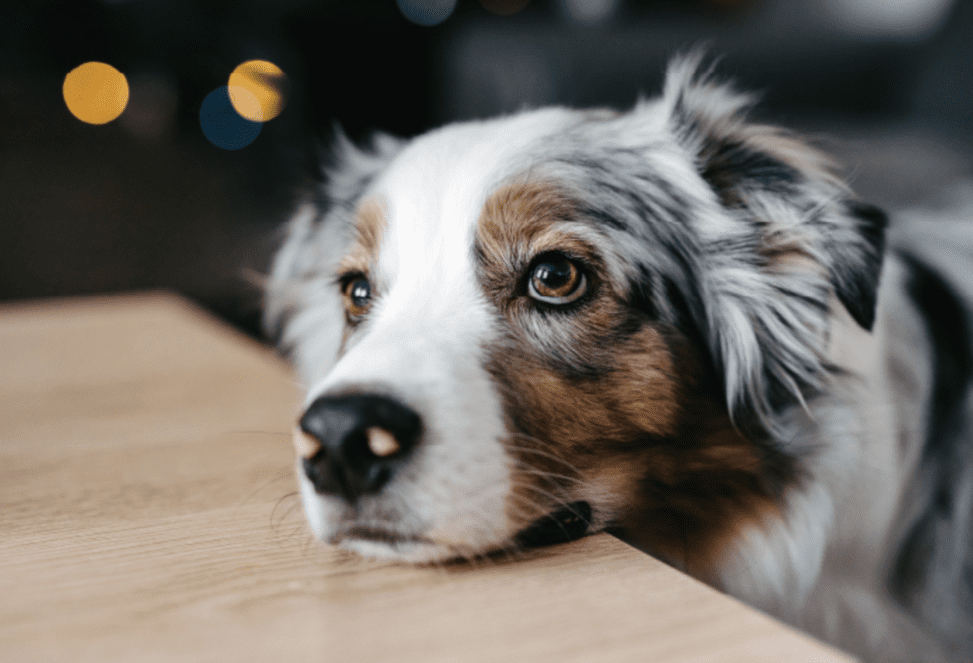
Is he avoiding exercise or playtime?
If so, he’s miserable and downhearted.
A drastic shift from a high level of enthusiasm to mild curiosity tells you more about your dog’s behavior and mental state.
5. Showing Sudden Aggression

Does your pet get aggressive out of the blue?
If he’s frequently growling and avoiding social interactions, that means there’s something wrong with him.
Suddenly showing aggression is a sign of a low level of serotonin.
Because of that, dogs get anxious too often; eventually, they become aggressive, which is a byproduct of their anxiety.
6. Change in Diet
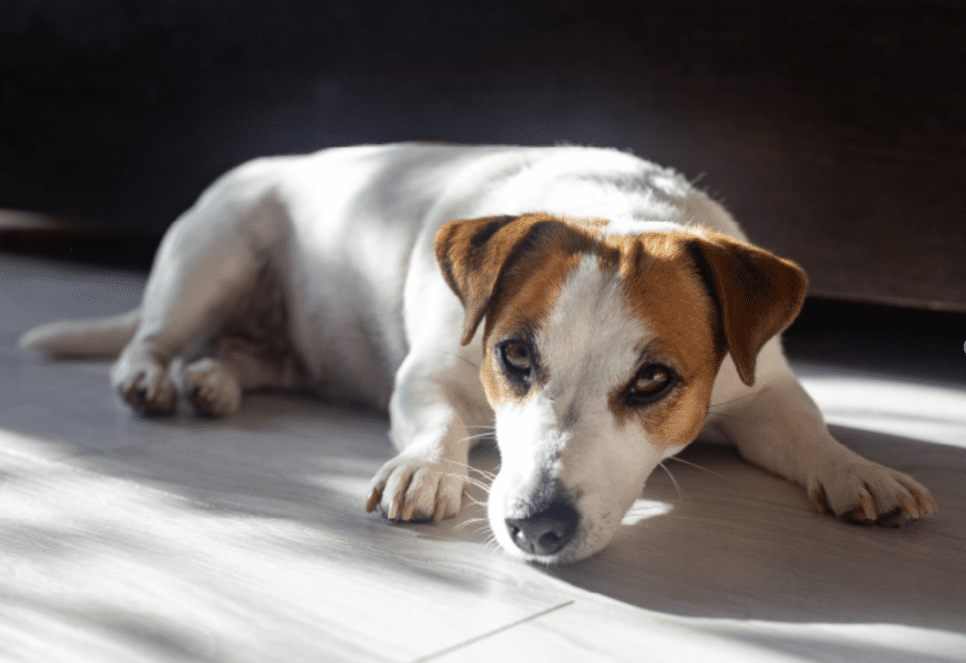
The sudden shift in appetite hints at various dog issues.
The most common ones are fatigue, digestive problems, and mild stress.
The root cause of all of them is weight gain.
However, mild stress turns into long-lasting depression when dogs begin to eat weird foods at weird times.
Any drastic change in appetite indicates a sign of depression. If you find it, it’s time to get an appointment with your vet.
Final Note
Dogs are as complex as humans. And they can be sad for several reasons. If a canine can fall into a depressed state, they can also be healed from it. However, they’d require your support—emotionally and mentally.
The above-shared signs will tell you about the dogs’ mental health status. As a dog-lover, you should act upon them as soon as you identify them.
Frequently Asked Questions
- What causes depression in dogs?
Common causes of dog depression include the loss of a companion, major life changes, illness or physical pain, trauma or abuse, aging, social isolation, and lack of stimulation. - How do I cheer up my depressed dog?
To cheer up a depressed dog, offer extra playtime, new toys, treats, engage in their favorite activities, and ensure they have consistent affection and attention from their owners. - How long does it take for a dog to recover from depression?
The recovery time for a dog’s depression varies, typically ranging from a few days to several weeks, depending on the cause and interventions taken.
By understanding the dangerous signs of dog depression and taking proactive steps to address it, you can help ensure your furry friend remains happy and healthy for years to come. Remember, your dog’s well-being is a top priority, and seeking professional help when needed is crucial for their overall mental and physical health.





